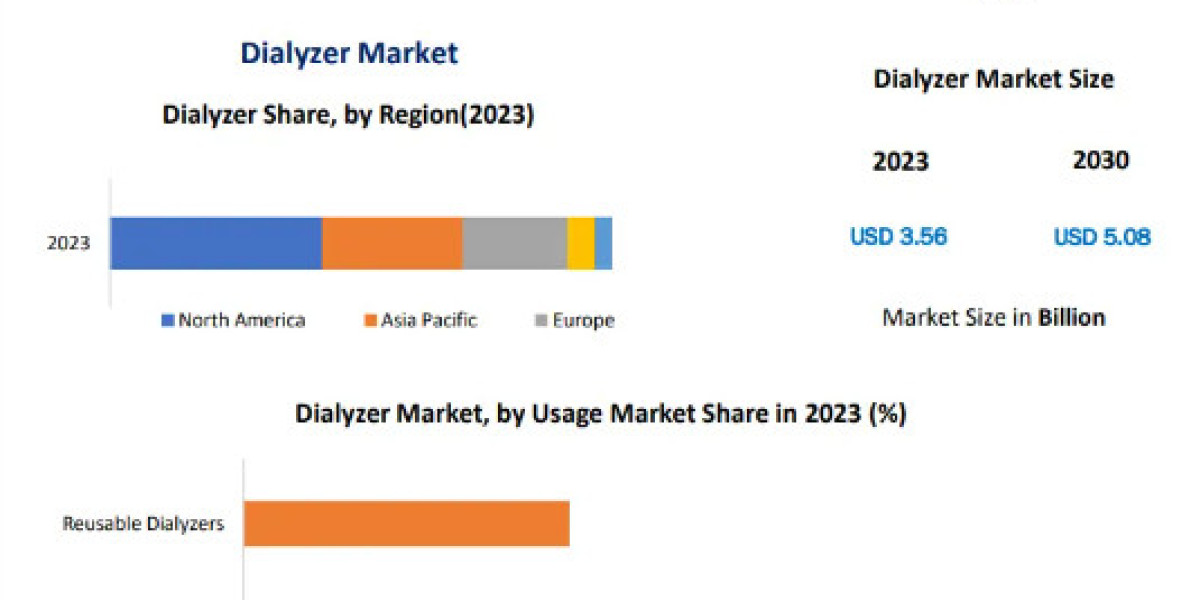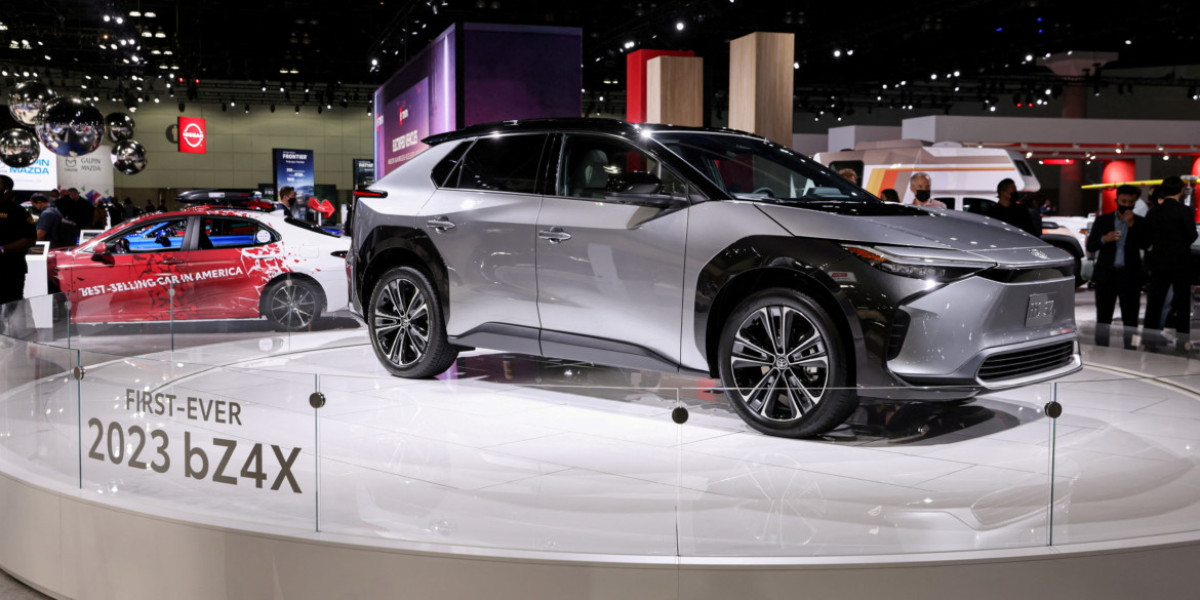When it concerns driving, prawo Jazdy b1 all states have their own distinct rules and requirements. This is especially relevant when it comes to license classifications.
You might be familiar with Class C which is the most basic driver's license you get after taking drivers ed. Did you know there are other classes?
Class C
Class C is one of the larger license categories, covering vehicles that can carry passengers and goods. It's an upgrade from Class B and can also permit drivers to operate vehicles that have a an gross vehicle weight rating (GVWR) of 26,001 pounds or more, based on endorsements and restrictions.
The names of the various classes of licenses may differ between states All states require that applicants meet certain criteria, such as age and qualifications. This usually requires passing several tests and submitting proofs of residency and proof of identity. Candidates must also pass an identity check and a medical exam to verify that they are fit enough to drive commercial vehicles.
A driver who holds a Class C license is able to drive almost all single-unit vehicles, which a Class E license holder can include, as well as trucks and buses with a capacity of more than 26,001 pounds. This includes straight trucks, city buses, tour buses, segmented busses, dump trucks and box trucks with small trailers. In certain instances the Class C CDL holder is also able to drive special vehicles, such as school buses, provided they have the proper endorsements.
In general, class C licence holders are permitted to transport any type of product and are not limited in their destinations or routes. Some restrictions might apply if, for example the vehicle is built to transport 16 or more passengers or carries hazardous material in large quantities that require placards. Additionally, drivers with this classification must be at least 18 years old to drive on the intrastate highway and 21 for interstate.
The process for obtaining the Class C license is more complicated than other classes, including undergoing intense training at an approved driving school, and completing all the necessary paperwork. Once the licensing requirements are completed, you'll be able to drive of your personal for-hire vehicle. For more information, make sure to visit your state's Department of Motor Vehicles or a local driving school. They can assist you in determining the best license class for your needs, and also help you start the process of becoming a professional truck driver.
Class B
If you're planning to get into commercial driving, then you'll require a Class B or Class C driver's license. A class B CDL permits the driver to operate a straight-truck that has a gross vehicle rating (GVWR), which is up to 26,000. They also have the ability to haul a trailer that has a GVWR that is not greater than 10,000 pounds. It's an excellent option for those who wish to become a trucker but don't have the time nor money to obtain an A class CDL.
Category B licenses can be used to drive vehicles and trailer combinations with a maximum authorised mass of up to 3,500 kg, if they are specifically designed to carry passengers and do not have more than eight seats in addition to the driver. These include passenger cars, trucks and vans that are intended for private use or operated by a taxi firm or livery service.
In some states, drivers with a class C license can operate passenger buses that are registered to the fire department, rescue or emergency squad or municipality(emergency use only). This isn't the state-wide norm and may require additional licensing or training.
The Class E CDL is the most common of commercial driver's licenses. It is used for vehicles that are hired, such as taxis, livery cars, and limousines. This is the most well-known option for prawo jazdy kat c+E koszt całkowity those looking to begin working as taxi drivers or even start their own ridesharing company.
The Class F and G licences are more specific. The Class F license allows you to drive agricultural tractors as well as road rollers, while the Class G license allows you to drive steam or diesel driven road rollers. Both are very powerful vehicles that can cause damage if handled in a safe manner. Therefore, you should only operate these vehicles under the supervision of a certified professional.
Class A
The Category A licence is for mopeds, as well as other three-wheeled or two-wheeled motor vehicles with a maximum power of 35 kW. It also covers motor tricycles with up to 15kW and trial escooters. It does not cover four-wheeled scooters, however. The maximum that a vehicle and trailer can weigh together is 750kg.
You need a category-D licence for driving minibuses that have more than eight seats. This license permits you to operate coaches and buses with trailers that do not exceed this limit, but the total weight must not exceed 12,000kg. This license also covers any van or truck with trailers of this size, however the trailer cannot have more than 8,000kg unladen.
A class A commercial driver's license (CDL) lets you operate a single unit vehicle or a truck and trailer combination that has a gross combined weight rating of 26,001 pounds or Ile Kosztuje prawo jazdy a1 cena prawo jazdy na automat (Http://Delphi.Larsbo.Org/) more or any other vehicle towing another that has a GCWR more than 10,000 pounds. This is the most prestigious commercial driver's licence. You can wear a trucker hat and drink Big Gulps while driving this license.
Class A CDL holders can also operate bus and truck combinations, provided they have the appropriate endorsements. This includes vehicles that carry hazardous materials, as well as some buses.
A commercial driver's license (CDL) is the next step after class B. It permits you to drive any type of straight truck and buses which include those that are able to transport passengers. This is the type of license you require if you intend to become a bus driver or operate any vehicles that are regulated by Article 19-A, which sets out the rules and regulations for drivers who transport students in schools for academic purposes. You can also obtain the CDL C to drive any other vehicles or trucks that have an GVWR of 26,000 pounds or less, based on the endorsements and restrictions you pick. This is the most popular commercial driver's licence.
Class D
The most common non-commercial license is classified as a class D license. This type of license allows you to drive vehicles rated less than 26,000 pounds, with or without trailer. This includes vehicles like pickups, passenger cars, and vans. If you have been free of violations and accidents over the last five years, you might also be eligible for an additional discount on the insurance you purchase for your car.
You can obtain your class D licence at the age of 17 years old. If you plan to ride motorcycles with low horsepower you'll need a category A licence typically for bikes with engines of 50cc or less. This category also includes trial e-scooters. Drivers can also obtain a class D licence for tractors or other power-driven vehicles employed for forestry or agricultural purposes, as long as their maximum authorised mass does not exceed 8 tonnes.
You may need a restricted license or driver's license in addition to your class D license to operate any vehicle that is over the weight limit of a certain amount. You'll need a certificate of professional competence (CPC) if you want to operate or operate a bus. This type of license requires training and is generally considered the highest level of commercial driving.
While the various types of licenses are different across the nation There are some commonalities. The process of getting new licenses, like, involves taking both the written test as well as an exam in the form of a practical test. Once you've passed these tests, you'll be issued an official certificate of completion. This document will be an important reference for the next step that is passing the road test.
Drivers can choose from a variety of endorsements, as well as the different kinds of driving licenses. Some are required for drivers of vehicles for hire like taxis or town car services. Others are more specific, such as hazmat endorsements. Some states offer the junior license, which is a special license designed for young drivers with no experience. This license has limitations that include weight limits and curfews for driving. You should know the different types of driving licenses available in your state so you can choose the one that best fits your needs.









